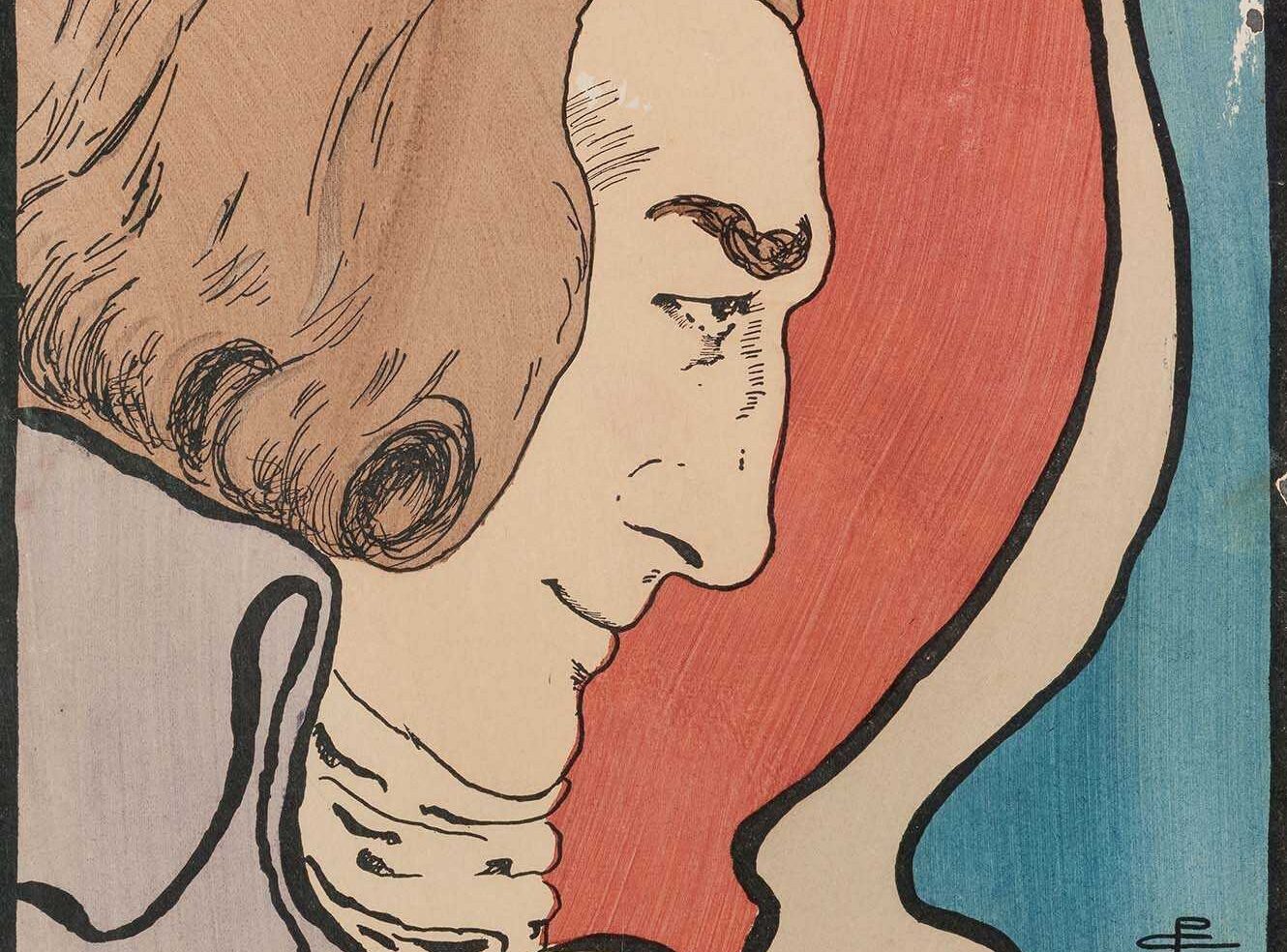Warrior Sportsmen: Rugby Football & the Great War
If, like me, you have been avidly watching the rugby of both the men’s and women’s Six Nations tournaments over the last few weeks, you will no doubt be feeling the tension rise as we approach the grand finales tomorrow. Whether you have been supporting the English, Welsh, Irish, Scottish, French or Italians, I think you will agree that it has been a cracking spectacle with the players taking centre stage. Time and again they have put their bodies on the line for their countries and have often been likened to warriors and role models by supporters and the press alike.
A century ago, however, during the First World War, the notion of the warrior sportsman was much closer to the truth. International and domestic rugby players, together with many other sportsmen, from England, Scotland, Wales and Ireland swapped egg-shaped balls for rifles and put aside old rivalries to fight together in the trenches. In The Windsor Magazine article ‘Warrior Sportsmen: Rugby Football and the War’ from 1915, found in Adam Matthew’s The First World War: Propaganda & Recruitment, are listed rugby players from Ireland and Wales who had united to take up the call to arms and fight under one banner.


Images © Cambridge University Library. Further reproduction prohibited without permission.
As with many of groups of friends, neighbours and work colleagues (‘pals’) that enlisted together, many rugby players would line up next to each other on the battlefield as soldiers, just as they had done on the field of play. D Company 7th (Service) Battalion Royal Dublin Fusiliers, for instance, was composed entirely of rugby players. These warrior sportsmen were promoted as role models and their sacrifice and commitment to the cause was used as an example in propaganda and recruitment drives.
It was not only rugby players from the Home Nations that enlisted during the First World War. During the global conflict, sportsmen from across the Empire, including Australia and New Zealand, signed up to fight. Many units and battalions went on to set up their own inter-service rugby teams. The photograph below, from The First World War: Visual Perspectives & Narratives, depicts an Australian battalion rugby team. Many of the warrior sportsmen did not return home to play the game again.

Image © Imperial War Museum. Further reproduction prohibited without permission.
So when you are settling down to watch the climax to what have been memorable Six Nations tournaments tomorrow, spare a thought for the warrior sportsmen who united to go to war a century ago.
The full suite of Adam Matthew First World War resources ‒ The First World War: Personal Experiences, The First World War: Propaganda & Recruitment and The First World War: Visual Perspectives & Narratives ‒ are available now (full access restricted to authenticated academic institutions which have purchased a licence).
Recent posts

Foreign Office, Consulate and Legation Files, China: 1830-1939 contains a huge variety of material touching on life in China through the eyes of the British representatives stationed there. Nick Jackson, Senior Editor at AM, looks at an example from this wealth of content, one diplomat’s exploration of Chinese family relationships and how this narrative presented them to a British audience.

The Nineteenth Century Stage is a rich resource exploring the theatrical celebrities, artistry, and changing social roles of the era. It highlights Pamela Colman Smith, known for her Rider-Waite tarot illustrations and theatre work, whose influence shaped Victorian theatre. Despite being overlooked, her life and impact are vividly captured through striking art and intimate collections within this valuable resource.
